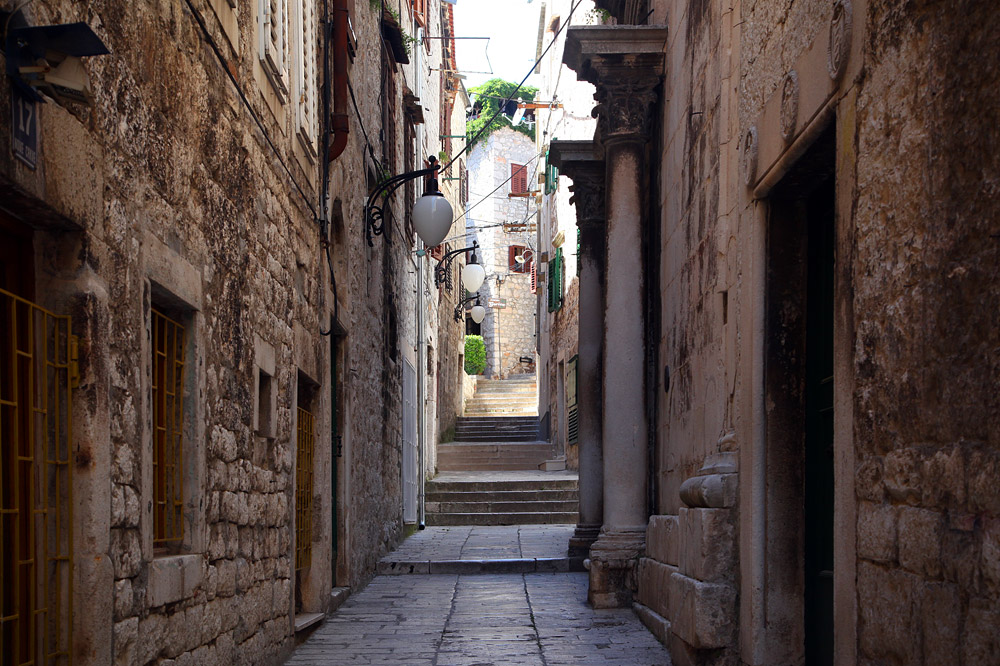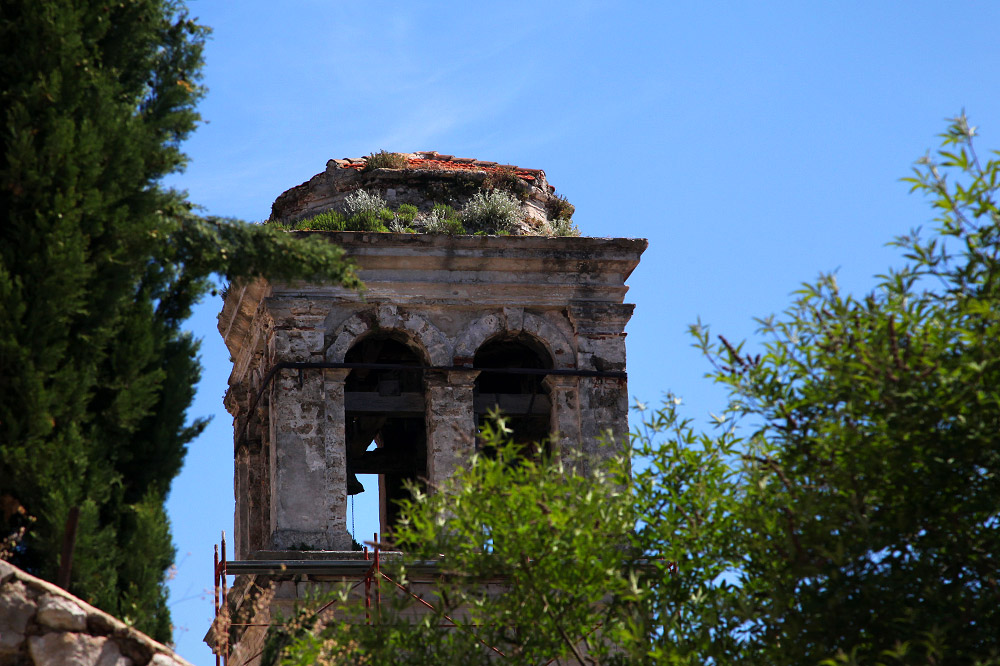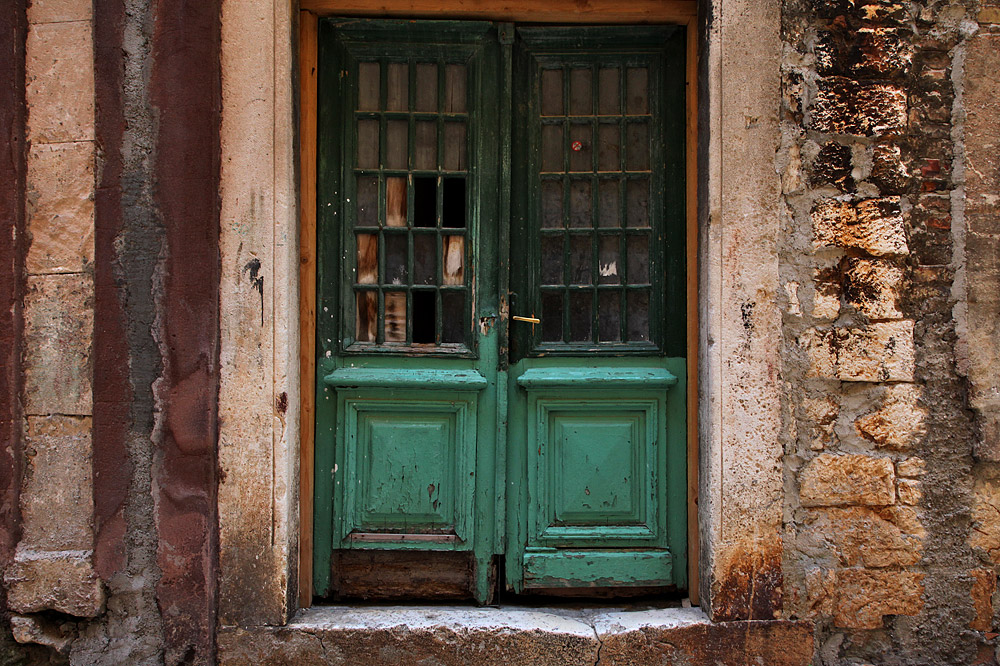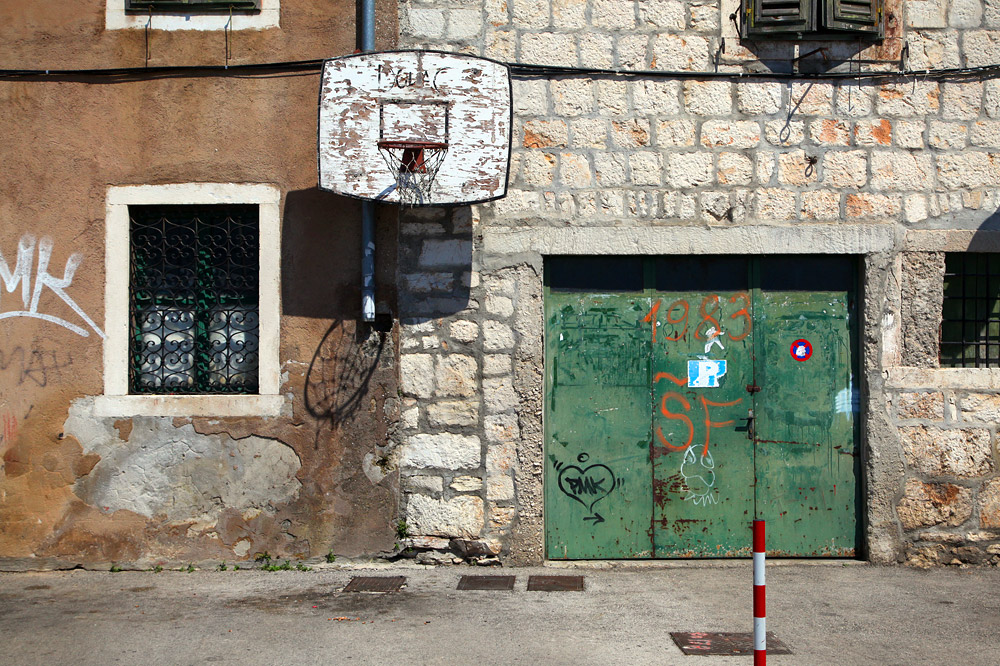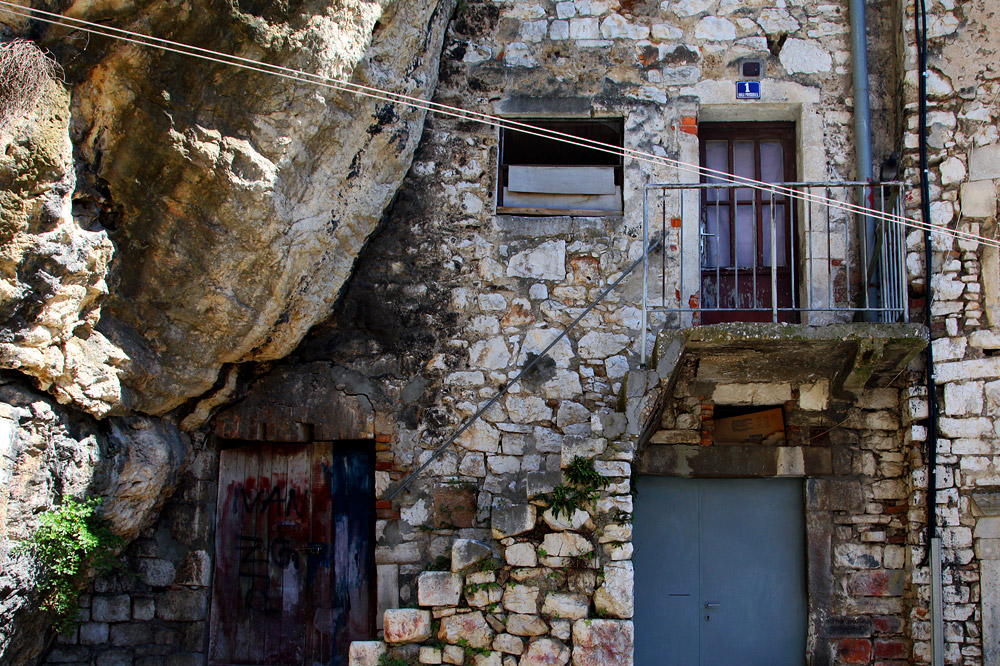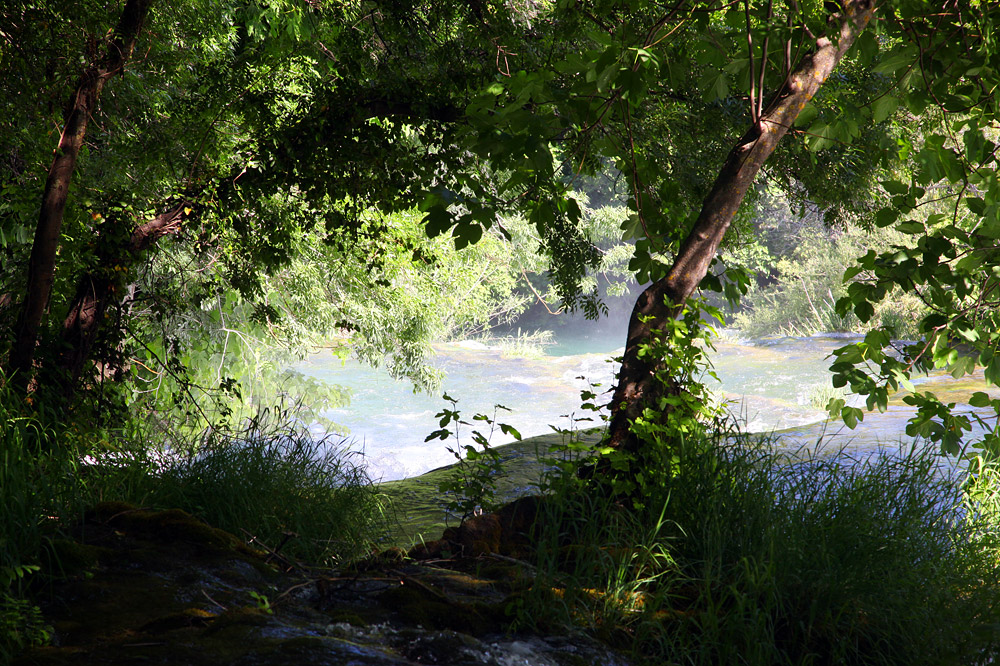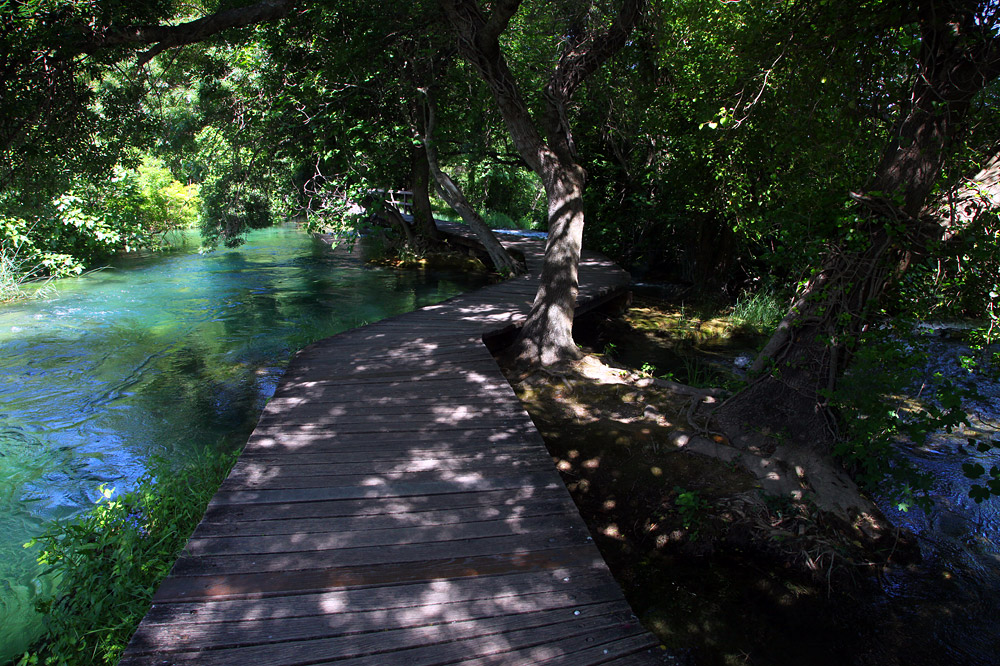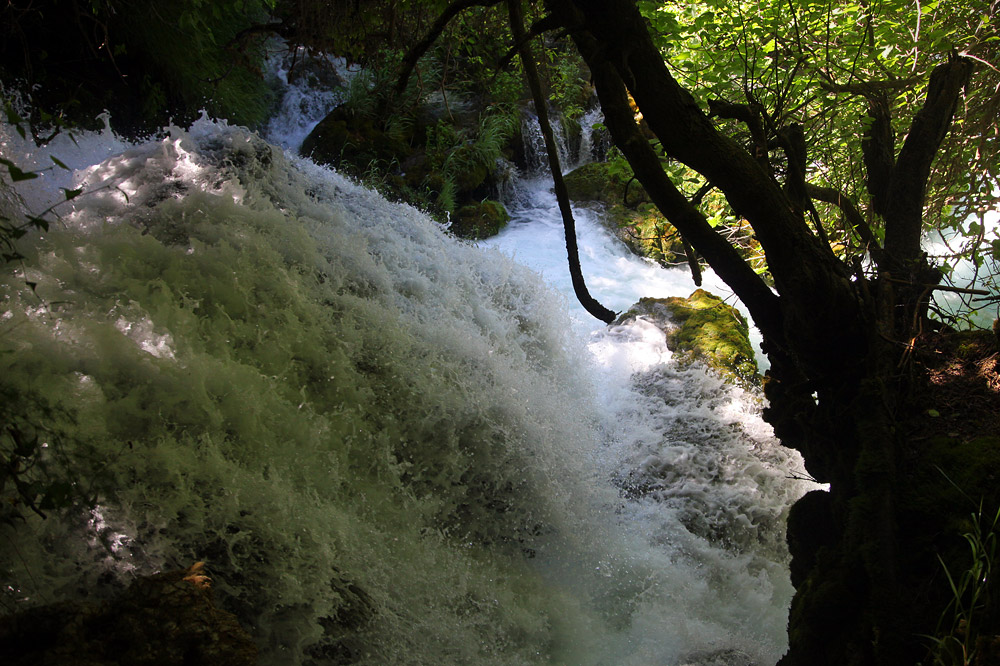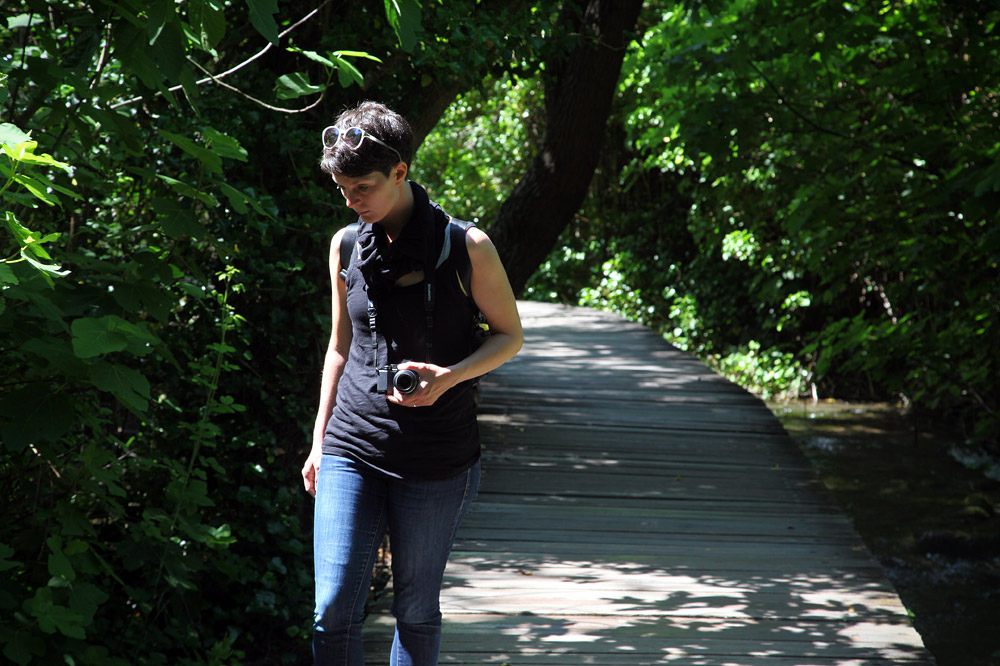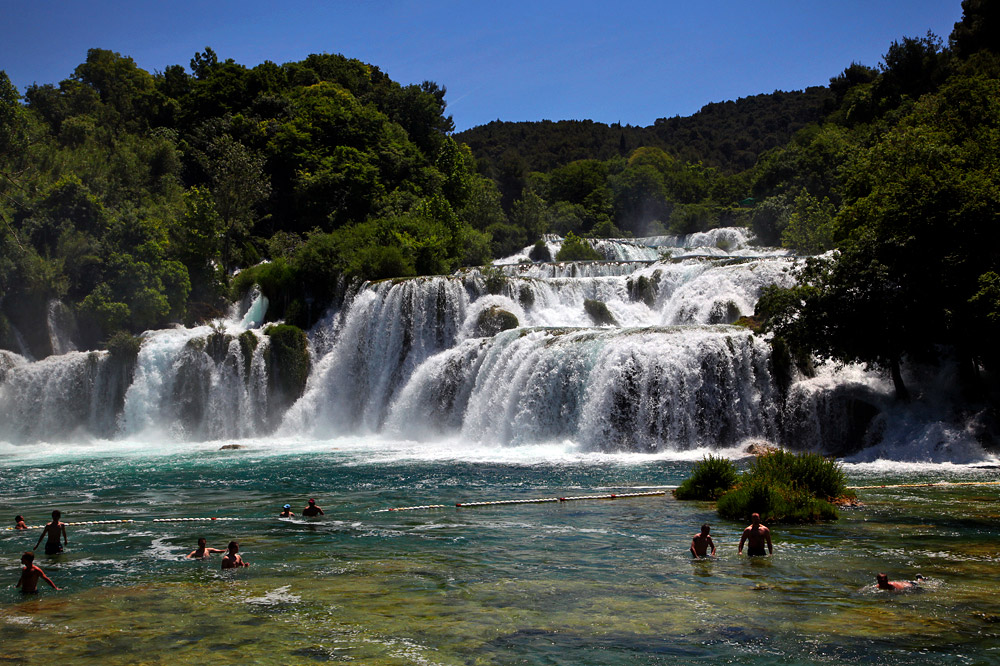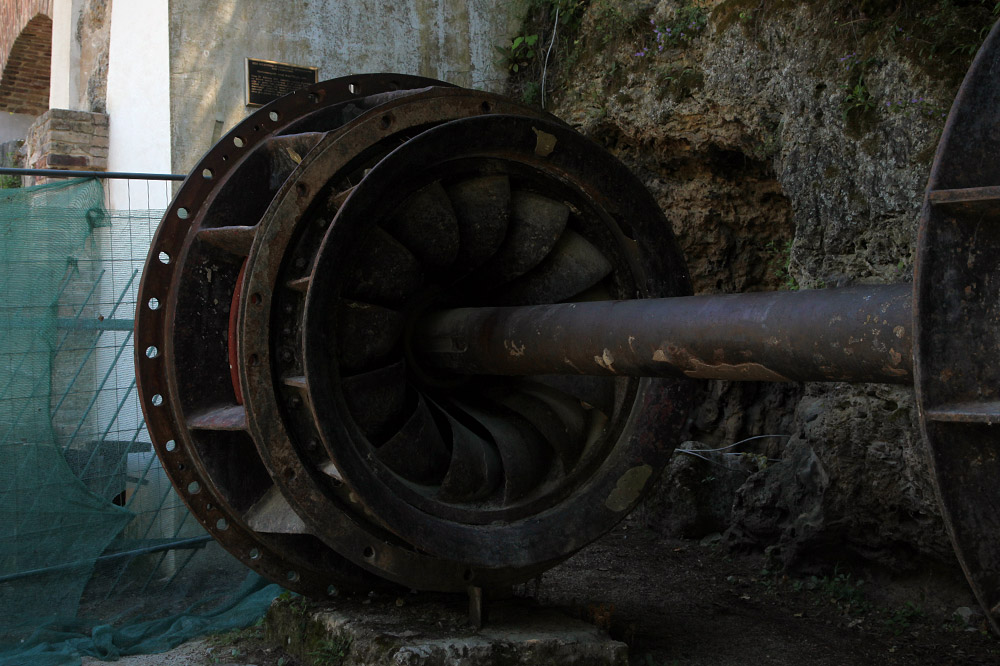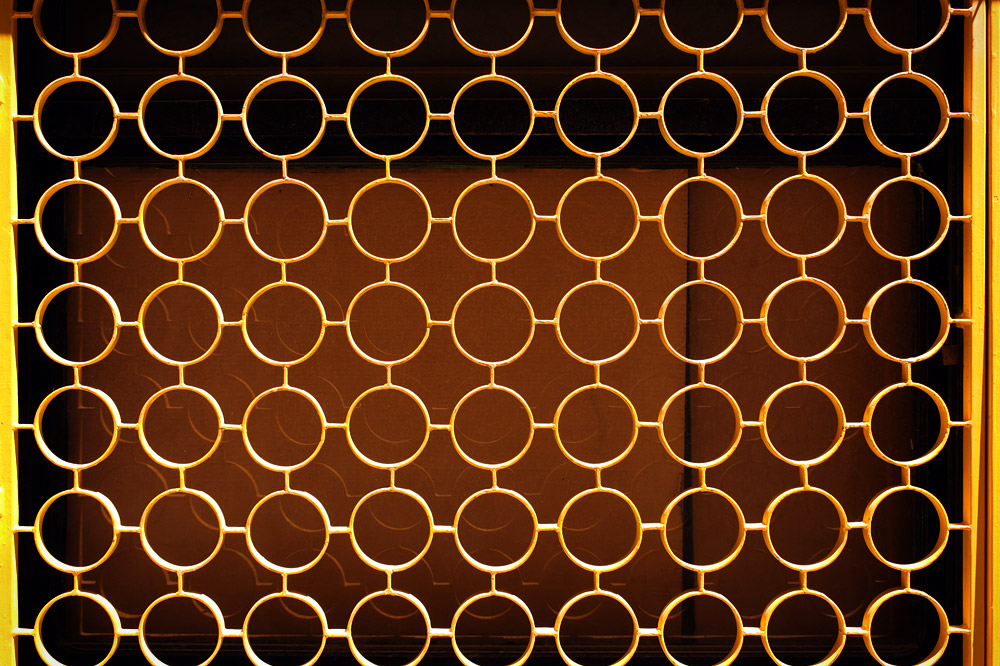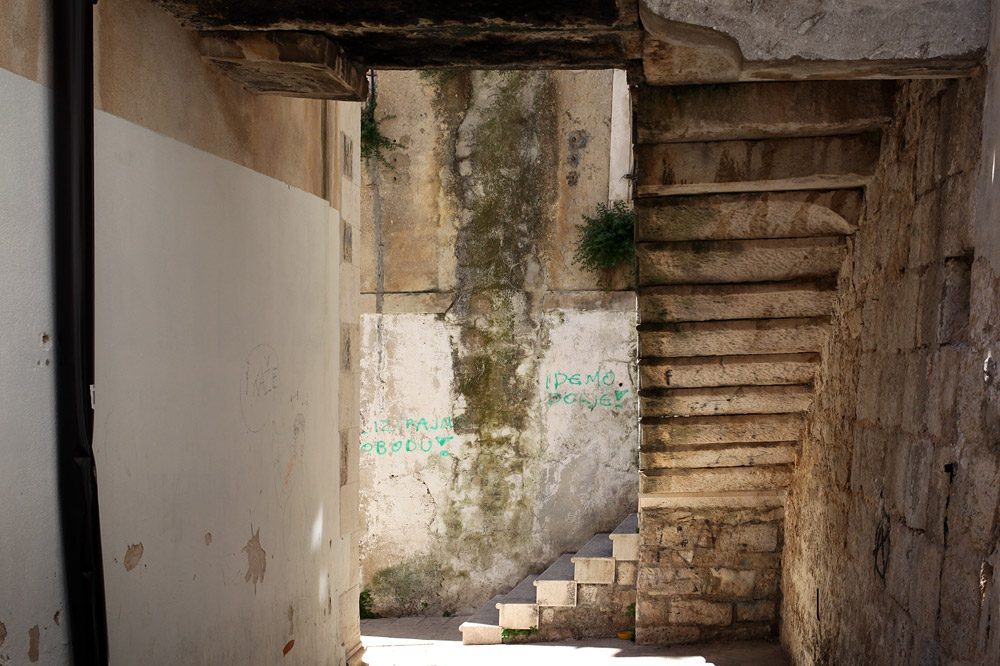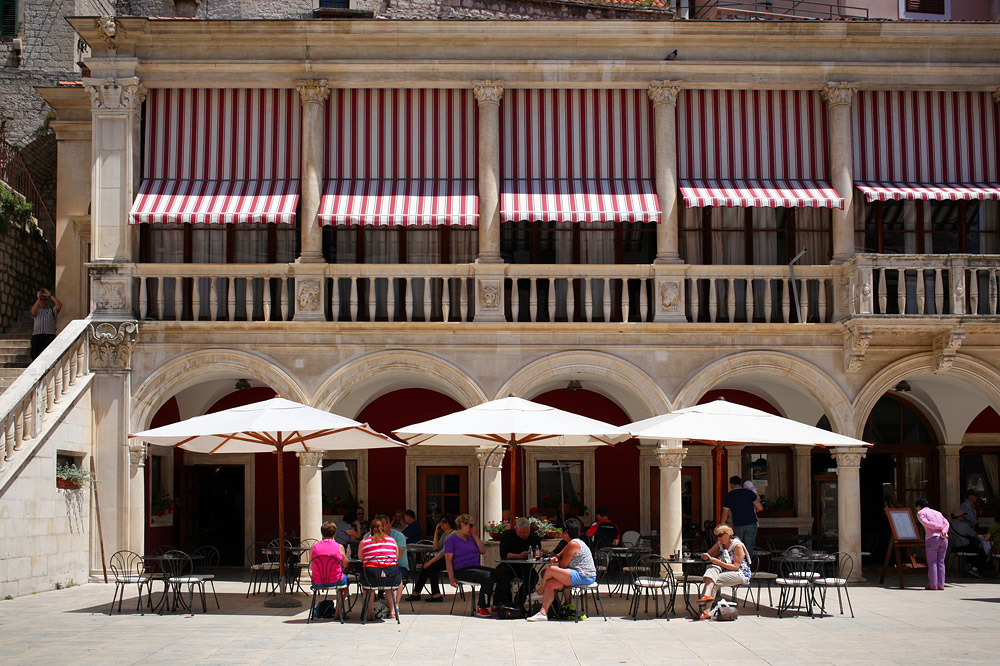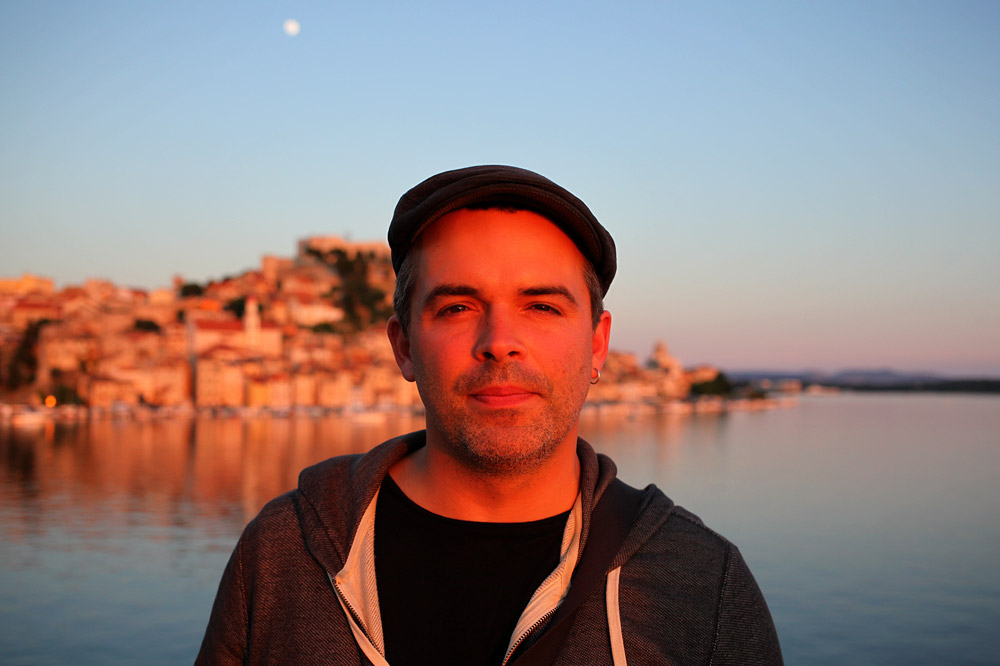Three Days in Šibenik and Krka National Park, Croatia
On Friday, J and I drove down the coast. We passed along bays, through vast scrubby fields, up canyons, past abandoned factories, rural towns, farmland, and more.
Prometheus Bay.
Abandoned factory, open.
Inside the inner roads.
Ruins by farms.
Poppies.
Greens.
In the afternoon, we arrived in the quaint bayside town of Šibenik, Croatia. Unlike many of the other Adriatic coast towns, it was founded by Croats. It changed leadership numerous times in the past thousand years, and was heavily damaged twenty years ago(!) in the Croatian War of Independence.
The old town was a maze of tall stone buildings and narrow cobbled pedestrian streets. It rose from the waterfront to the fort on top of the hill, then transitioned into newer buildings. The old buildings were beautiful, and many had plants growing on the walls.
Our apartment was near the last roundabout of the marina road, in a tastefully refurbished medieval building overlooking the water. The windows overlooked the bay and the Kanal-Luka nature preserve.
In town, we wandered the streets, patted stray cats, ate a few unremarkable meals, and watched people. Unlike Rovinj, or even Baška, it was a pretty even mix of tourists and locals wandering the old streets. Kids ran around, old men went on slow strolls, and other enjoyed their evening beer and smokes.
From the shared rooftop balcony at the apartment, we enjoyed watching swarms of noisy swallows take over the beautiful sunsets.
Buildings on the waterfront.
Street.
A cat with Gremlin DNA.
Looking towards the new town.
Man and cat.
Cat flat.
Old monastery tower.
Archways.
The secret garden that had a fee that I accidentally walked into for free (twice).
Old door.
Catwalk.
Safety last!
Impenetrable.
Entering the fecal tunnel of shadows.
The unused space between old buildings.
Bayside basketball.
The building towering over our parking spot.
Cave house.
Sunset security.
The orange window has many secrets.
Not many Yugos in former Yugoslavia.
Night cobbles.
Night tower.
On Saturday, we drove to the main entrance of Krka National Park at Lozovac. Parking was ample and free, park admission for the current season was 90HRK/$13 each.
The air was sunny and hot.
We hiked down a gravely trail to the boardwalks leading towards Skradinski buk. The paths passed through beautiful wooded scenery full of clear, rushing water and small waterfalls. Like Plitvice, there were a lot of fish in the water.
Thousands of blue dragonflies were fluttering everywhere and resting on plants. We walked slowly along searching for frogs hidden in the scenery like Easter eggs.
We ate a bland lunch of poultry and potatoes at the only restaurant in the meadows at the base of the falls. Two swans and some ducks were getting fed chips and plants by an ever-changing group of kids.
Lots of scantily clad people were wading in the swift, clear water at the base of the falls. Despite the beautiful scenery, J and I decided to spend our time driving to other sights in the park.
Gravel path.
The first view of blue water.
Wooden path.
Fish.
Shade and mist.
Path by frogs.
Reeds.
Blue dragonfly.
A convergence.
Shadow falls.
Green and blue.
J the frog spotter.
Gotcha!
The catwalk over the swimming hole.
Millstone.
The epic falls.
Detail.
Shadow J and her refreshed hair.
Old hydro power turbine. Apparently the plant at Krka park was the earliest hydro plants in Europe and Šibenik was the first city to have electric lights.
More fish.
We drove out of the park and up the western edge for around forty-five minutes to Roški Slap. We hiked down to the lake, checked out the reconstruction of an old mill, and watched more swans, ducks, and ducklings. We hiked the trail around the small cascades, spotting a snake, more fish, and dragonflies. All of the wild fig trees were dropping their fruit into the water. The figs floated downstream until getting caught in large deposits of other figs. It made me hungry.
Roški Slap.
Old building.
Older building.
Along a side canal full of fish and a snake.
Catwalk.
A view of the Necklaces.
Fig deposit.
After another forty-five minute drive, we hiked down to the largest falls in the park: Manojlovac Slap. On the way, I stepped on a large rusty metal tack that almost punctured my foot. On the return, I stepped on a sharp shard of rock that almost punctured my foot. I wish they made Kevlar flip flops.
Manojlovac Slap.
Austrian King was here.
On the return drive, we passed through more empty countryside dotted with eerily dead towns full of buildings missing roofs, boarded up storefronts, and abandoned factories.
We later learned that this area had been involved in the War of Independence, and that a lot of buildings had been destroyed. The Wikipedia article is an interested read.
Fifteen percent of housing units and 2,423 cultural heritage structures were damaged/destroyed during the war. Twenty-five percent of the Croatian economy was destroyed.
And it all happened so recently. It’s weird to think of myself going see Jurassic Park in the theaters oblivious to all the stuff going on over here. While no longer oblivious of world events, I’m just clouded by a sad feeling of hopeless and powerlessness over all the evil.
Wine with a view.
Crossing contrails and swarms of swallows.
Sunset boat.
Dead swallow.
Retro burglar bars.
Under the stairs.
Classy banister.
Buttress.
Alcove man.
Cafe in the square.
Our window.
Our street.
Cathedral.
Old building.
Arf: the only dish soap a dog can use.™
Blinded by yellow.
Old Renault.
Sunset stud.
Goodnight Šibenik.
On Monday morning, we packed up the poop-speckled car and kept driving south.









